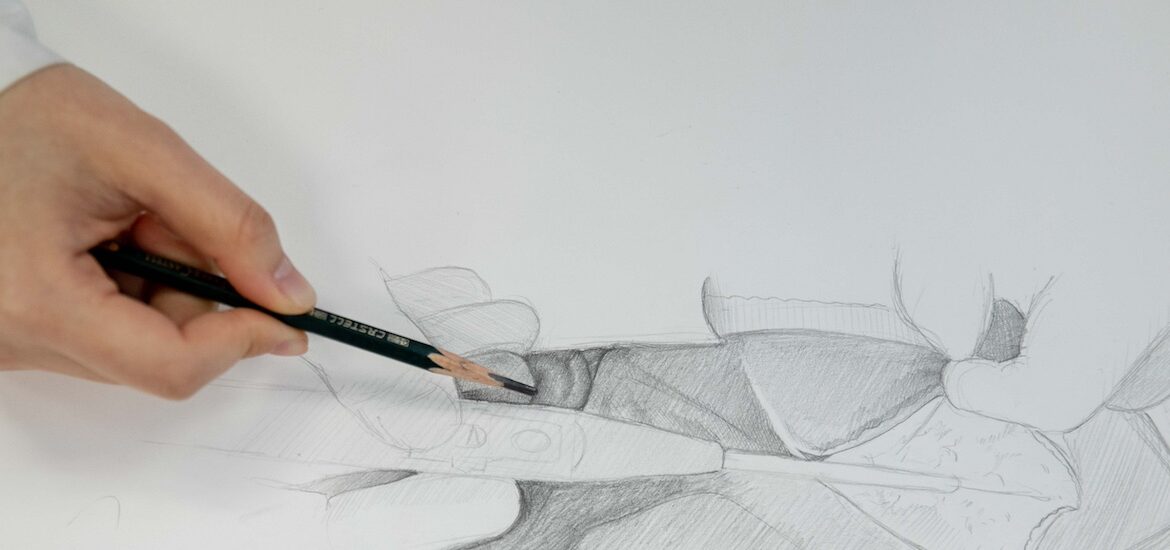Step One: Consider Majoring in Biomedical Art & Visualization
Ever wished you could blend your love of art with your fascination for science? Becoming a medical illustrator might just be the perfect career path. Medical illustrators are the creative pros behind the highly detailed visuals in textbooks, research papers, surgical guides and patient education materials. And no—you don’t have to be a doctor to do this job, but you do need a solid understanding of human anatomy, plus some serious design skills.
Whether you’re an artist who’s always loved biology or a pre-med student who’d rather draw than diagnose, this unique field brings together the best of both worlds. Let’s walk through what this career looks like, what you’ll need to study, and how to get started.
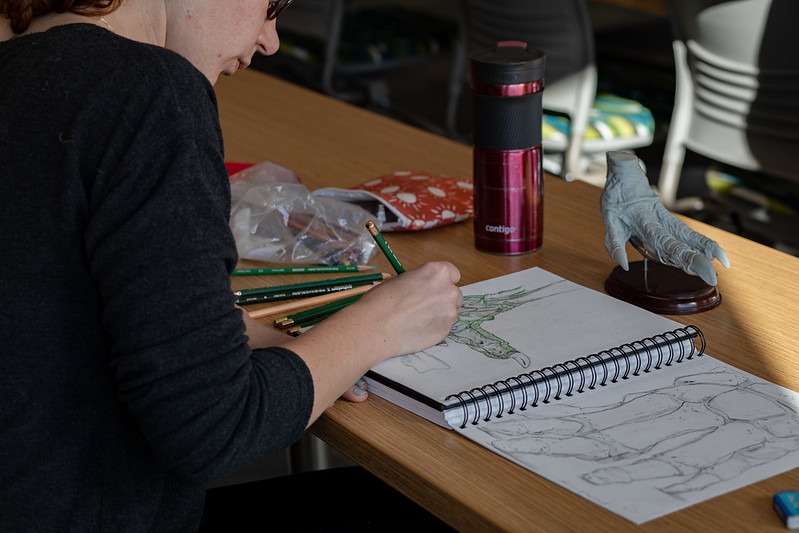
What Exactly Is Medical Illustration?
Medical illustration is all about using visuals to make complex scientific or medical concepts easier to understand. Think anatomy drawings, surgical diagrams, 3D animations of how medications work in the body, or educational content for patients. These illustrations show up everywhere—from science classrooms to operating rooms.
Medical illustrators work closely with professionals in medicine, science and education. Their art has a purpose: to teach, inform and sometimes even save lives.
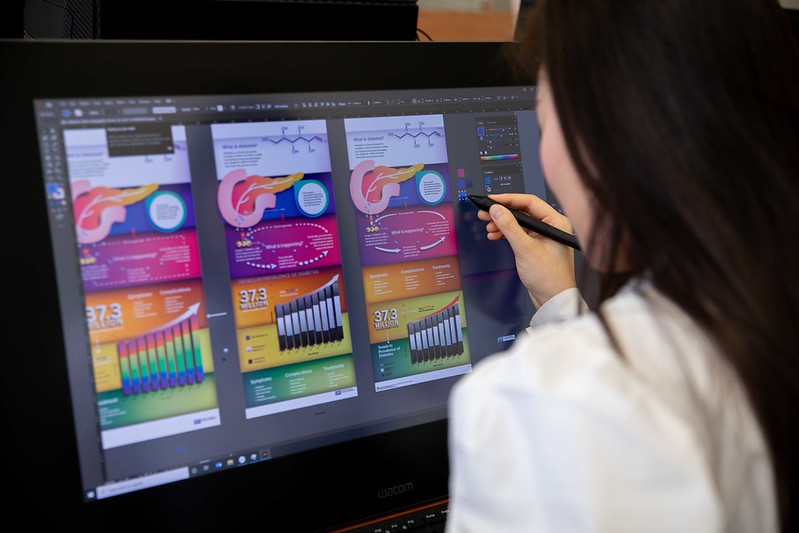
What Should You Study?
There’s no single way to become a medical illustrator, but your education will typically combine art and science. Many medical illustrators earn a bachelor’s degree in fields like:
- Biological sciences or pre-med
- Studio arts or fine arts
- Scientific illustration or biomedical visualization
You’ll want to take courses in anatomy, physiology and biology—as well as digital illustration, drawing and design software. Programs that blend both creative and scientific coursework are ideal.
What Skills Will Help You Succeed?
Besides strong drawing skills and a love of science, here are a few skills that are super valuable in this field:
- Attention to detail: Medical accuracy is everything.
- Comfort with technology: Many illustrators use programs such as Adobe Illustrator, Photoshop and 3D rendering tools.
- Communication: You’ll often work with scientists and doctors who depend on you to translate their knowledge into visuals.
- Creativity: You’re helping people visualize what they can’t see—inside the human body!
A Glimpse Into Rowan University’s Biomedical Art & Visualization Major
Rowan University’s Biomedical Art & Visualization (BMAV) program is one of the few undergraduate disciplines of its kind in the country, attracting students nationwide who are interested in combining artistic talent with scientific knowledge to create impactful visual communications. With access to state-of-the-art facilities, experienced faculty, and a vibrant student community, Rowan University provides an ideal environment for students pursuing a career in biomedical art and visualization.
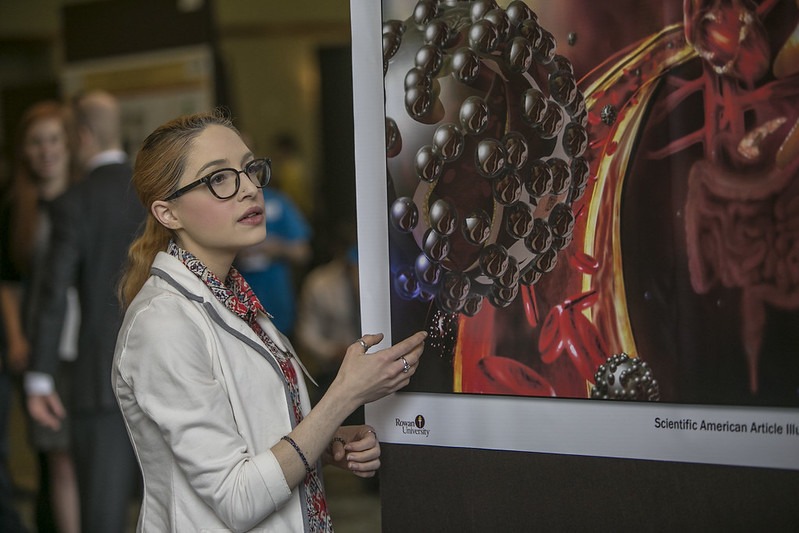
Rowan’s BMAV program offers a unique blend of art, science, and technology, providing students with a comprehensive education in creating educational illustrations, animations and interactive media for specific audiences. The program’s curriculum is designed to be flexible, allowing students to take a broad range of courses, including science and medicine, as well as access to the Department of Art courses in computer imaging, graphic design, information design, photography and sculpture.
Students in the BMAV program benefit from a supportive community and dedicated faculty. As Lauren B. shared when she was a senior in the major, “The professor who has had the biggest impact on my Rowan experience is Dr. Jane Graziano. She has been an inspiration to many of her students in the art department. Graziano creates a warm, welcoming environment.”
The BMAV Club at Rowan University provides additional opportunities for students to engage with the field, hosting speakers and exhibitions related to biomedical art and visualization. This club, along with other student organizations, fosters a sense of community and collaboration among students with shared interests in art, science, and technology.
Building a Portfolio
Your portfolio is your ticket into the field. It should include work that shows your artistic range and your understanding of anatomy and scientific processes. Include both traditional and digital work, and organize your pieces to show your creative process and ability to communicate visually.
Not sure where to start? Try illustrating a system of the human body, a medical procedure or an educational poster for patients. Explain what each illustration is showing and why you made specific design choices.
Where Can You Work?
Medical illustrators can work in all kinds of places:
- Hospitals or medical centers
- Universities or research labs
- Publishing companies
- Pharmaceutical or biotech firms
- Legal or forensic teams
- Freelance or contract-based roles
Some medical illustrators specialize in animation, others in textbook illustrations and others in virtual reality or 3D modeling. It’s a field that’s always evolving—just like medicine itself.
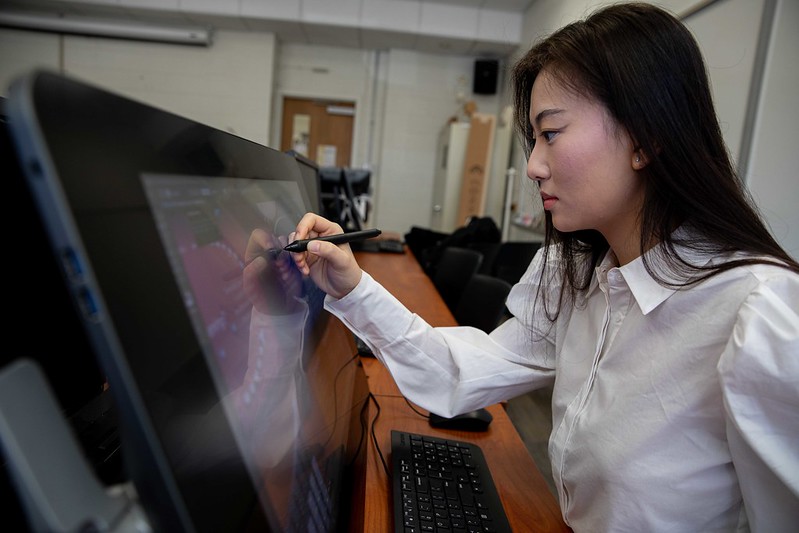
Bottom Line
Medical illustration is a unique blend of art, science and communication—and it plays a major role in how we learn and teach health and medicine. If you’re someone who loves drawing as much as dissecting (on paper, of course), this career might be worth exploring.
Whether you’re still in high school, already in college, or considering a career shift, it’s never too late to combine your creative talents with your curiosity for the human body. Start sketching, stay curious and keep learning—you never know where it might take you.
Launch your medical illustration career with Rowan University’s Biomedical Art & Visualization (BMAV) program.

